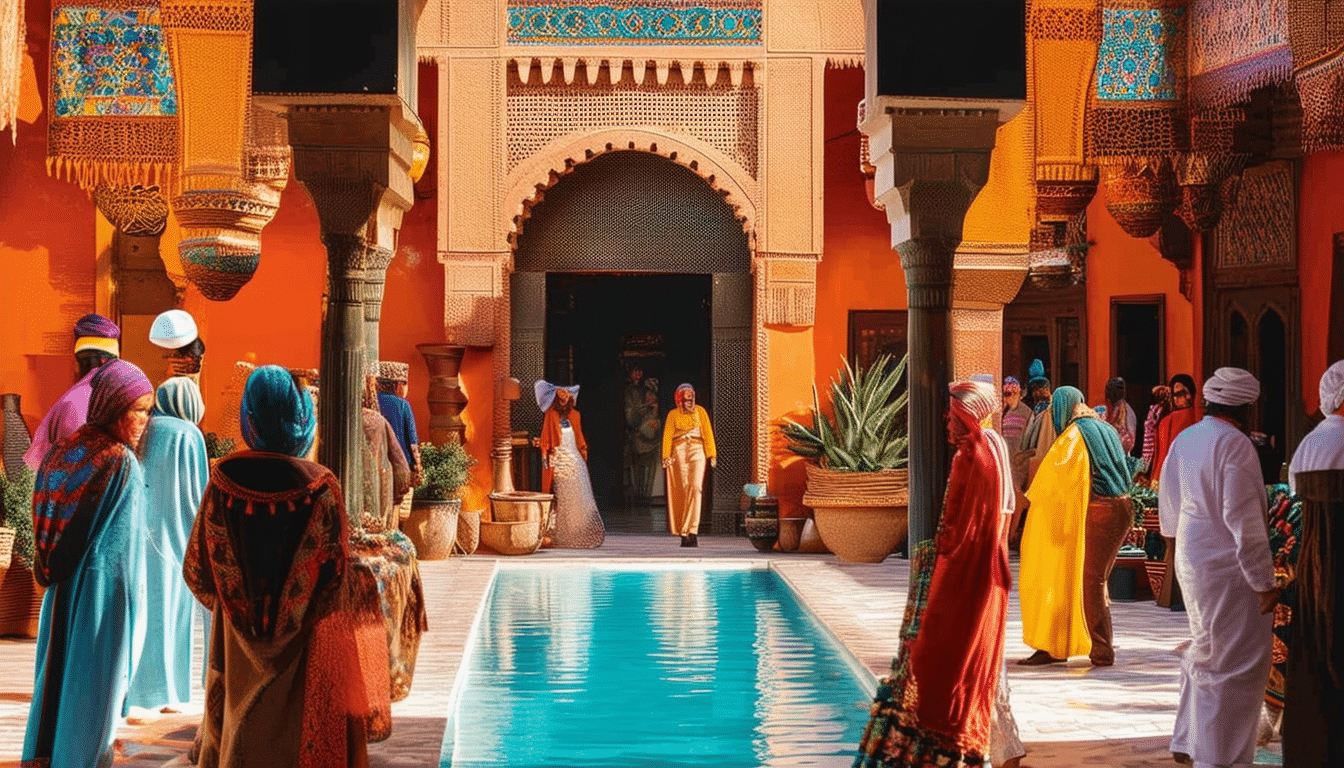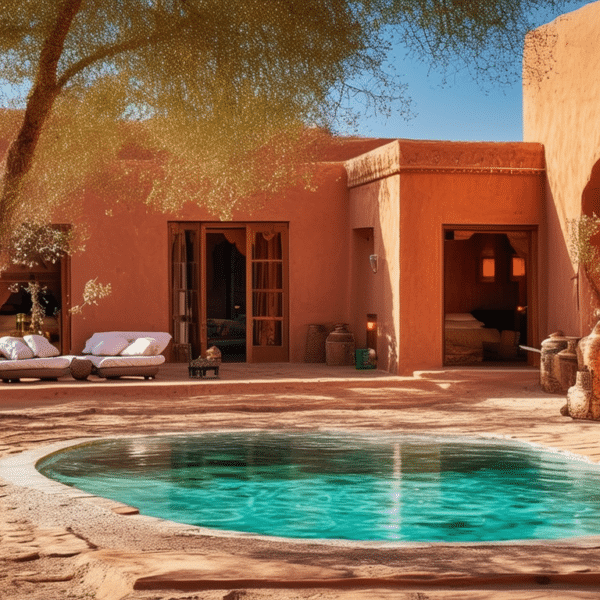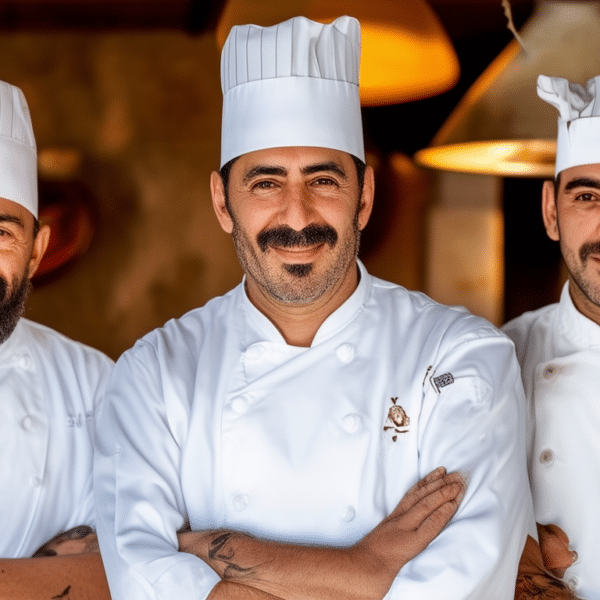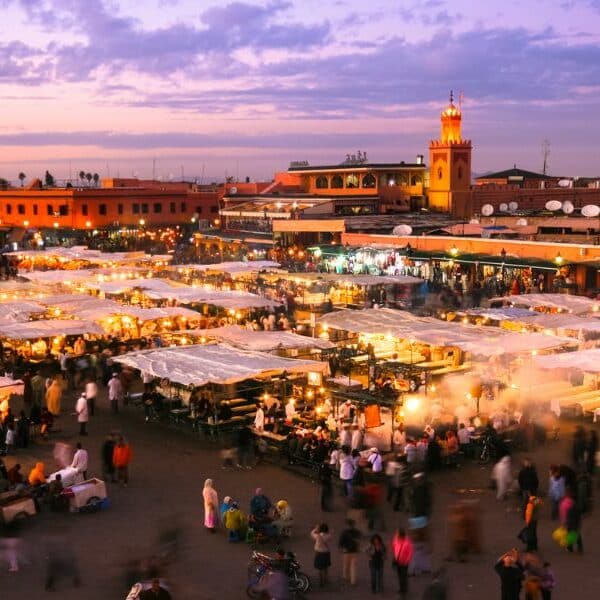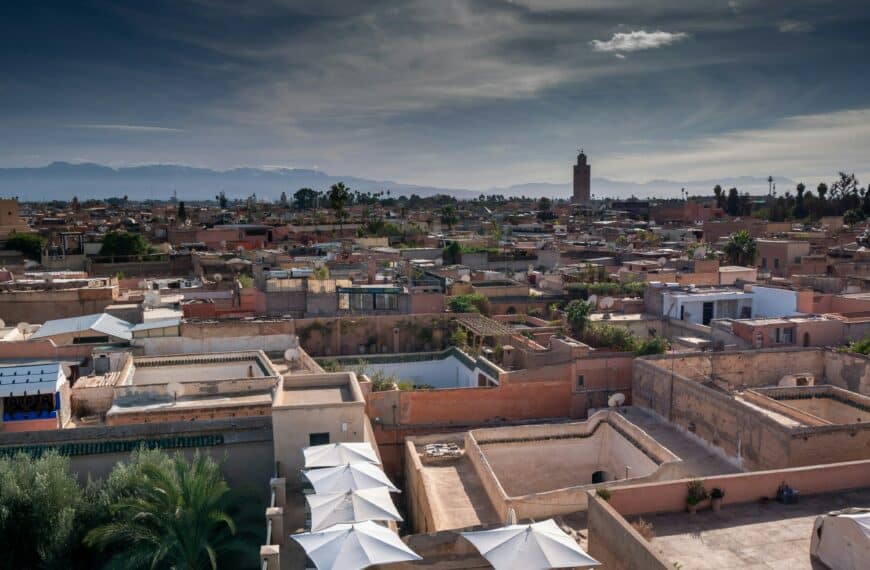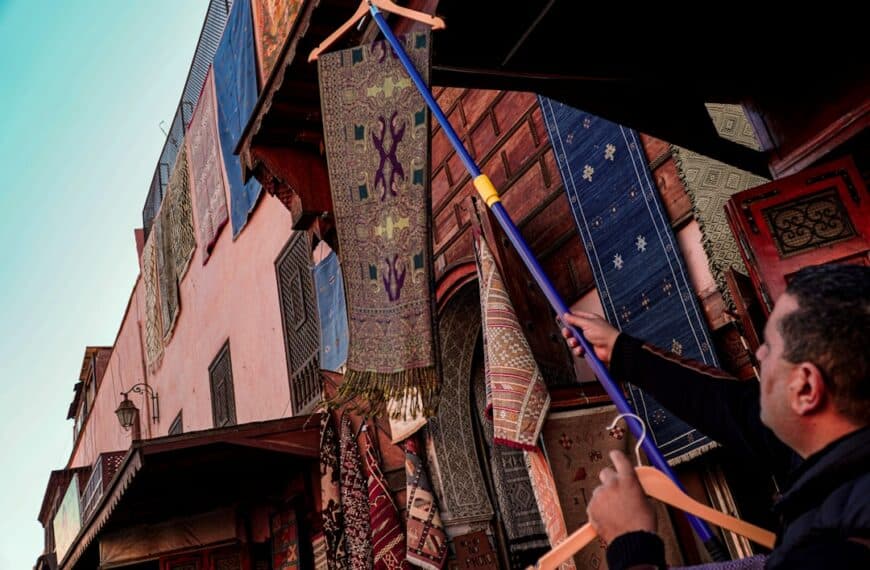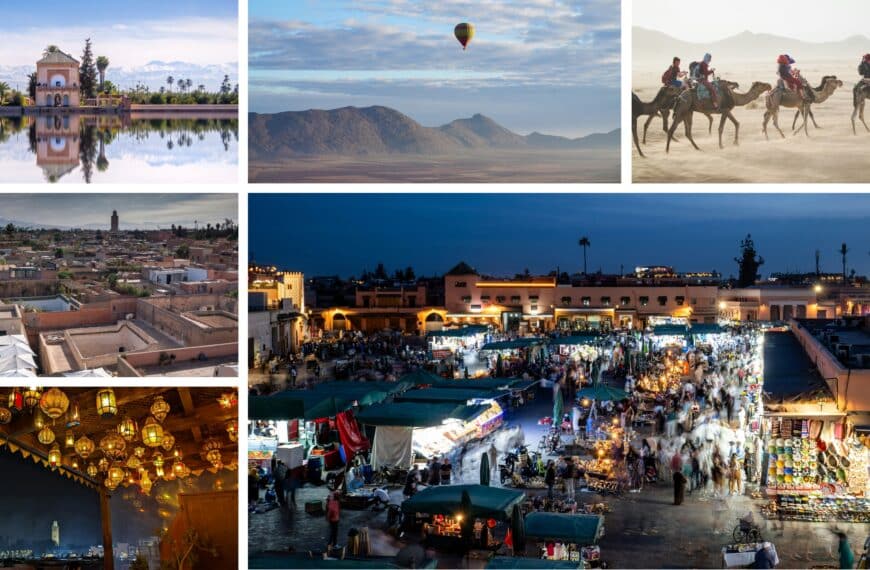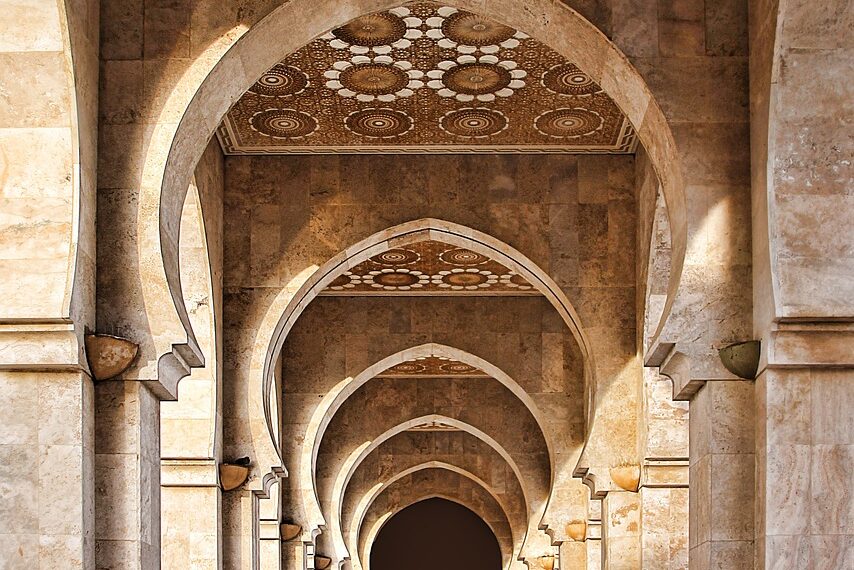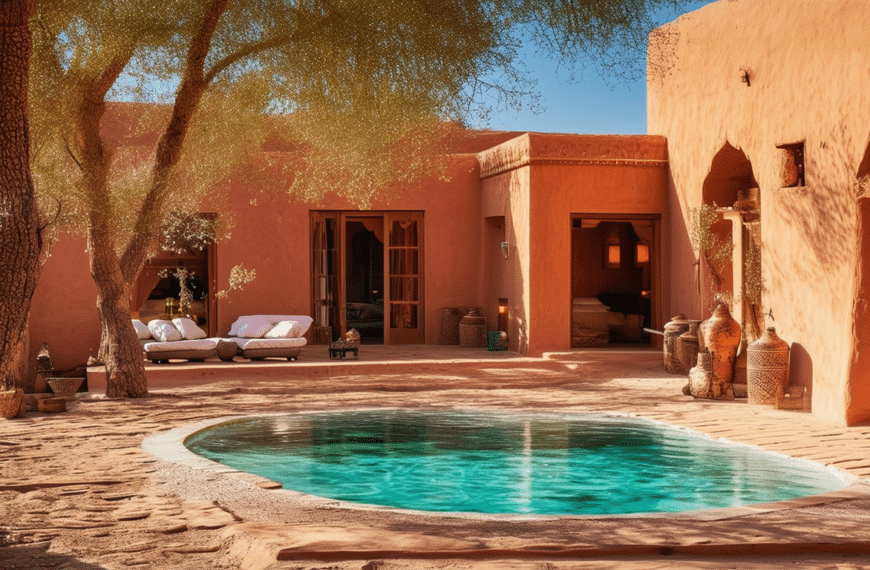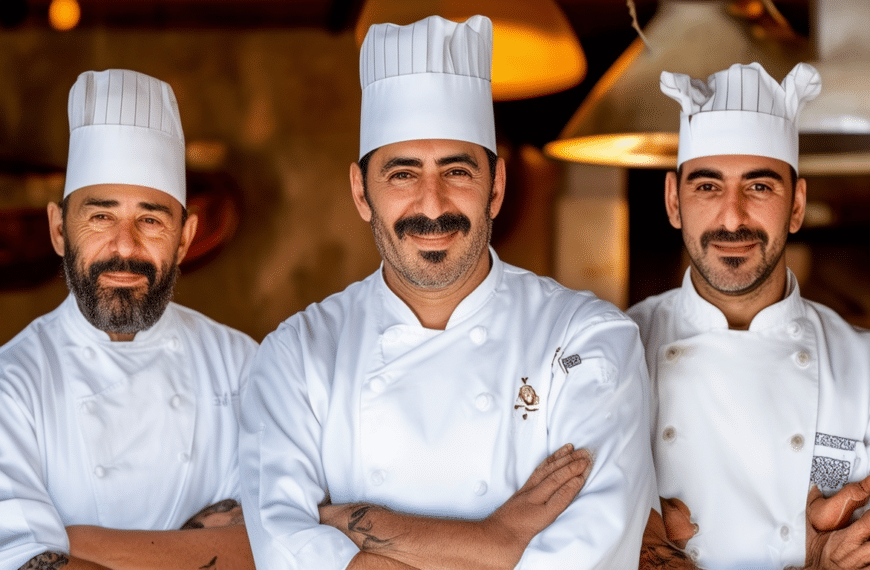Stepping into a traditional Moroccan hammam is like entering another world, where time slows down and the senses awaken. This ancient ritual, deeply embedded in the cultural fabric of Marrakech, offers more than just a cleansing experience—it’s a gateway to rejuvenation, community, and historical tradition.
The Roots of Hammam Culture
The concept of the hammam originated from Roman thermae, which were public bathing facilities known for their grand architecture and social importance. As these ideas spread across the Mediterranean, they took on a new life in Islamic culture. In Morocco, the hammam evolved into a vital community space, serving as a place for relaxation, social interaction, and ritual cleansing both physically and spiritually.
Understanding the Hammam Ritual
A visit to a hammam typically follows a structured process, each step designed to cleanse and relax the body. Initially, you enter a warm room that acclimatizes your body to the heat. Transitioning to a hotter room increases your body temperature, opening pores and beginning the detoxification process. The central part of the hammam experience involves a vigorous scrub using a kessa glove. This exfoliation removes dead skin cells and stimulates circulation, leaving the skin silky smooth.
- Warm-up in the tepidarium to prepare your body
- Detoxify in the steamy caldarium
- Exfoliate with a traditional kessa glove
- Rinse and relax in the cooling room
The Social Significance of Hammams
In addition to their health benefits, hammams play an essential role in Moroccan social life. They are places where people of all ages come together, sharing news and enjoying each other’s company away from the hustle of daily life. This communal aspect is particularly pronounced among women, for whom the hammam often serves as a secluded sanctuary for uninhibited conversation and relaxation.
Hammams as Centers of Wellness
Today’s hammams blend traditional practices with modern wellness trends, offering various services such as massages, clay body wraps, and aromatherapy treatments. These additions help enhance the therapeutic effects of the hammam experience, promoting better health and well-being. The use of natural products like argan oil, rhassoul clay, and rose water aligns with the global trend towards organic and holistic health practices.
Preserving Tradition in Contemporary Marrakech
Despite modern influences, Marrakech’s hammams remain deeply connected to their roots. Many traditional hammams still operate in the old quarters of the city, offering an authentic experience that has been passed down through generations. These establishments maintain historical practices while adapting to contemporary needs, ensuring that the essence of the hammam experience continues to thrive in modern times.
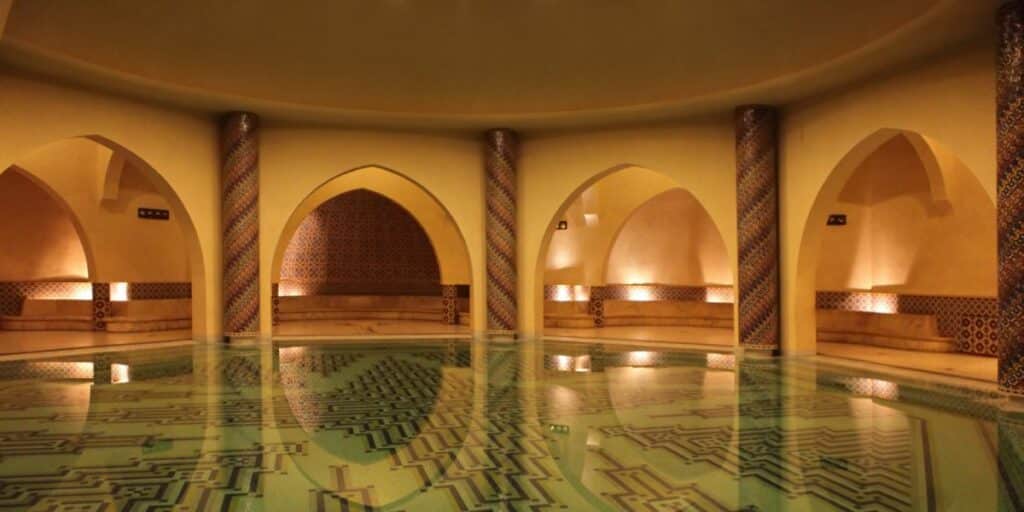
Planning Your Hammam Visit
To fully embrace this cultural gem during your travels, consider these tips:
– Choose the right type of hammam: from luxurious spas to traditional public baths.
– Respect local customs: understand and follow the etiquette observed within these communal spaces.
– Allow enough time: to truly benefit from the hammam experience without rushing through its phases.
– Stay hydrated: drink plenty of water before and after your session to replenish fluids lost during sweating.
Marrakech’s hammams offer a unique glimpse into Moroccan culture and history while providing an opportunity for profound personal rejuvenation. Whether you seek relaxation or insight into local traditions, visiting a hammam can be an enriching component of any travel itinerary.

